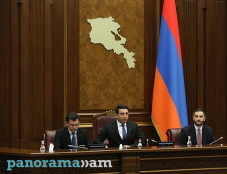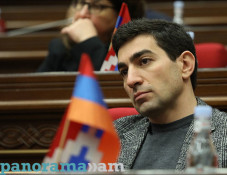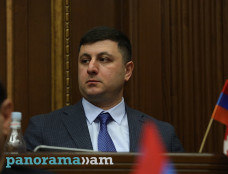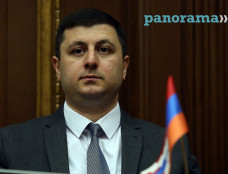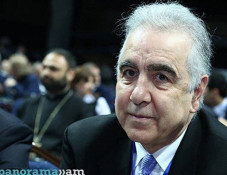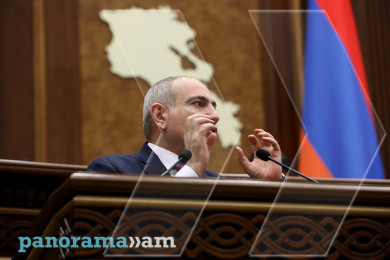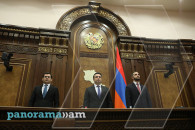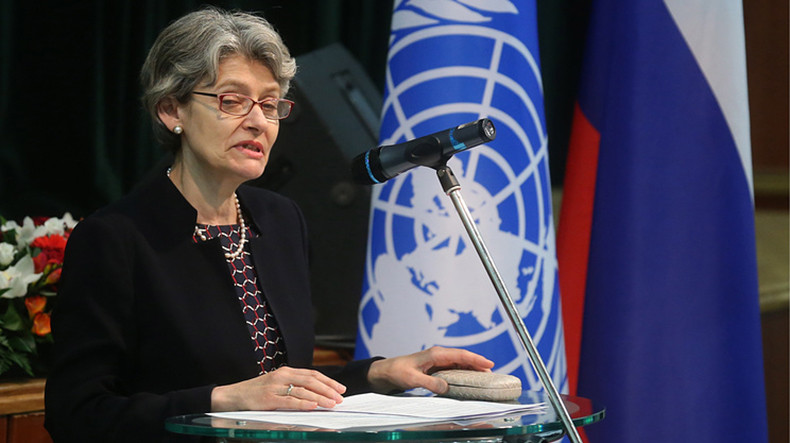
UNESCO Director-General considers destruction of Palmyra’s ancient theatre as a war crime
UNESCO received several reports and satellite imagery released today by UNITAR-UNOSAT confirming the destruction of Palmyra’s tetrapylon and parts of the theatre’s proscenium, the official website of UNESCO reports.
“This destruction is a new war crime and an immense loss for the Syrian people and for humanity,” said UNESCO Director General Irina Bokova.
In her words the new blow against the cultural heritage came just a few hours after UNESCO received reports about mass executions in the theatre.
“This shows that cultural cleansing led by violent extremists is seeking to destroy both human lives and historical monuments in order to deprive the Syrian people of its past and its future,” Bokova noted.
The tetrapylon was a monument marking a major road intersection along the colonnaded street of Palmyra. It was a testimony to the grandeur of the era around 270 AD, during which Queen Zenobia had reached the height of her power.
Palmyra was inscribed on the UNESCO World Heritage list in 1980 and has been on the list of World Heritage in Danger since 2013.
Notably since May 2015 Palmyra was under the control of the Islamic State militants. On 27 March 2016 the Syrian army forces manage to fully liberate the city from the ISIS siege.
On 18 January 2017 the Defense Ministry of Russia received a report noting that the extremists used a large amount of explosives to destroy the historical and cultural monuments in Palmyra.
Related news
Newsfeed
Videos






